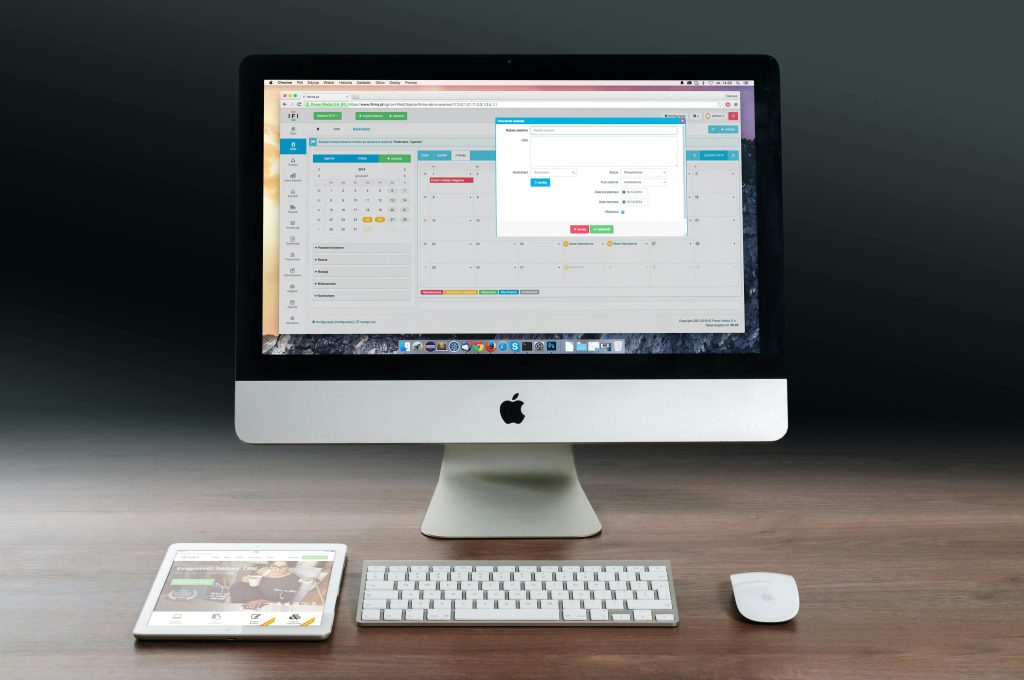Introduction
Choosing the right system to manage your inventory is a pivotal decision that impacts operational efficiency, customer satisfaction, and your bottom line. Two primary options dominate the market:
- Enterprise Resource Planning (ERP) Inventory Modules
- Standalone Warehouse Management Systems (WMS)
While an ERP offers broad, integrated functionality across finance, sales, purchasing, and more, a standalone WMS delivers deep, specialized capabilities for warehouse operations. But which path leads to the greatest return on investment—and under what circumstances? In this comprehensive guide, we’ll explore the strengths, trade‑offs, implementation considerations, and best‑practice use cases for each approach. By the end, you’ll have a clear framework to decide whether to extend your ERP or invest in a purpose‑built WMS.

Understanding the Core Differences
What Is an ERP Inventory Module?
An ERP is an all‑in‑one business management suite. Its inventory component typically handles:
- Stock on hand and value
- Basic replenishment (reorder points, MRP)
- Lot and serial number tracking
- Integration with purchasing, sales orders, manufacturing, and financial accounting
Key Characteristics:
- Breadth over Depth: Covers every major business function under one database.
- Unified Data Model: A single source of truth for reporting and financial consolidation.
- Lower Initial Integration Effort: Inventory data flows natively into cost of goods sold (COGS), general ledger, and other modules.
What Is a Standalone WMS?
A Warehouse Management System is a specialized application focused exclusively on warehouse and distribution center operations. It typically provides:
- Advanced receiving, putaway, picking, packing, and shipping workflows
- Real‑time bin, zone, and rack‑level inventory tracking via RF/barcode scanners
- Slotting optimization and wave planning
- Labor management, dashboards, and performance metrics
Key Characteristics:
- Depth over Breadth: Tailored features to optimize every aspect of warehouse operations.
- Real‑Time Precision: Accurate, up‑to‑the‑second visibility at the bin or even pallet level.
- Flexible Workflows: Configurable processes for voice picking, cross‑docking, kitting, and returns.
When an ERP Inventory Module Makes Sense
1. You Have Simple Warehousing Needs
- Single Location or Small Footprint: One to two warehouses, few SKUs, straightforward storage.
- Limited Picking Complexity: Predominantly bulk or case picking without specialized strategies.
In this scenario, the ERP’s basic inventory functionality—coupled with native integration to your financials and purchasing—can handle stock control without the additional cost and configuration effort of a full WMS.
2. You Prioritize Cross‑Functional Integration
- Tight Finance‑Inventory Link: Instantaneous posting of inventory movements to your general ledger, eliminating reconciliation.
- Manufacturing and MRP Dependencies: When you need seamless flow from production orders to finished goods inventory and procurement.

An ERP’s unified data model means your finance, manufacturing, and inventory teams share the same information in real time—reducing errors and accelerating monthly closes.
3. Budget or Resource Constraints
- Limited IT Staff: Fewer resources to manage multiple systems, integrations, and vendor relationships.
- Lower Up‑Front Investment: Activating an ERP module often carries lower licensing and implementation fees than deploying a standalone WMS.
When cost and simplicity are paramount, and your operational complexity is modest, extending your existing ERP avoids the overhead of integrating a new best‑of‑breed solution.
When a Standalone WMS Is the Better Choice
1. High‑Volume or High‑Velocity Operations
- Thousands of SKU Locations: When you need exact bin, lot, and serial tracking to minimize stock searching and mis‑picks.
- Rapid Order Fulfillment: E‑commerce, retail distribution, or third‑party logistics (3PL) where speed and accuracy directly impact customer satisfaction.
A WMS excels at orchestrating high‑speed picking strategies—wave, batch, zone, or pick‑and‑pass—to maximize throughput and minimize travel time.
2. Complex Warehouse Processes
- Kitting, Assembly, or Customization: In‑warehouse light manufacturing or bundling.
- Advanced Returns and Reverse Logistics: Multi‑step inspections, refurbishing, and restocking workflows.
- Temperature‑ or Hazard‑Controlled Inventory: Requirements for segregated zones, specialized equipment, and compliance tracking.
Your ERP’s inventory module may lack the configurability and operational controls needed to enforce these precise, multi‑stage processes reliably.
3. Labor Management and Performance Analytics
- Workforce Optimization: Tracking picks per hour, planner-to-worker ratios, and labor forecasting.
- Granular KPIs: Dashboard metrics on putaway speed, pick accuracy, dock-to-stock times, and resource utilization.
A specialized WMS provides robust reporting and analytics tailored to the nuances of warehouse labor and can help drive continuous process improvement.
Integration and Data Flow Considerations
ERP‑Only Approach
- Native Integration: No middleware—functional modules share tables and transactions directly.
- Real‑Time Financial Impact: Inventory movements immediately post to accounting, simplifying audit trails.
- Single Vendor Support: One contract, one support desk, one upgrade cycle.
ERP + WMS Hybrid
- Bi‑Directional Sync: Purchase receipts sent from ERP to WMS; shipping confirmations and inventory adjustments flow back.
- Middleware or iPaaS: Tools like Boomi, Mulesoft, or custom APIs ensure data consistency and reliability.
- Master Data Governance: Item master, location hierarchies, and bill of materials must be synchronized to prevent drift.

While the hybrid approach requires upfront mapping, error handling, and monitoring, the payoff is best‑of‑breed warehouse operations paired with robust financial integration.
Implementation Effort and Total Cost of Ownership (TCO)
| Factor | ERP Inventory Module | Standalone WMS |
|---|---|---|
| Implementation Time | Weeks to months | Several months to a year |
| Licensing Costs | Often included or inexpensive add‑on | Premium licensing fees |
| Consulting Fees | Moderate configuration | High‑value, deep warehouse consulting |
| Maintenance Overhead | Lower (one system) | Higher (two systems, integration) |
| Upgrade Complexity | Single upgrade window | Coordinated, multi‑system testing |
| Scalability | Limited to module capabilities | Architected for volume and complexity |
Calculate ROI by quantifying labor savings, reduced errors, space utilization gains, and faster order cycles against the combined expenses of software, services, and ongoing support.
Best Practices for Evaluation and Selection
- Conduct a Requirements Workshop
- Map current “as‑is” processes and define “to‑be” scenarios.
- Quantify pain points in pick times, stock accuracy, and labor costs.
- Perform a Fit/Gap Analysis
- Score each system’s out‑of‑the‑box capabilities against your must‑have features.
- Identify gaps requiring custom development or additional configurations.
- Engage Key Stakeholders Early
- Include operations managers, warehouse supervisors, IT, finance, and sales in decision‑making.
- Align on critical metrics and success criteria.
- Run a Proof of Concept (PoC) or Pilot
- Test with a subset of SKUs or a single facility to validate workflow and integration.
- Measure real performance improvements before rolling out enterprise‑wide.
- Plan for Change Management
- Develop training programs for warehouse staff and back‑office users.
- Document standard operating procedures (SOPs) and establish support channels.

Conclusion
Inventory management sits at the heart of supply chain efficiency. An ERP‑only approach offers rapid deployment and tight financial integration, making it ideal for simpler operations and limited budgets. In contrast, a standalone WMS delivers unrivaled depth in warehouse optimization—essential for high‑volume, complex fulfillment environments where real‑time accuracy and labor management are strategic imperatives.
Your choice hinges on a clear understanding of your operational complexity, growth trajectory, and budgetary constraints. By following the evaluation framework and best practices outlined in this post—requirements workshops, fit/gap analyses, pilots, and stakeholder engagement—you’ll select the right solution to keep your inventory lean, your warehouses humming, and your customers delighted.

